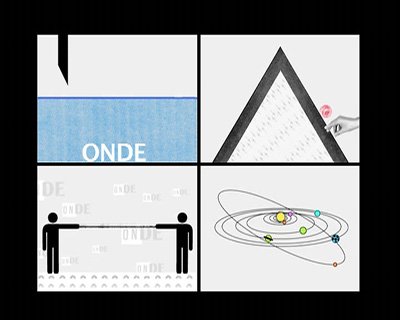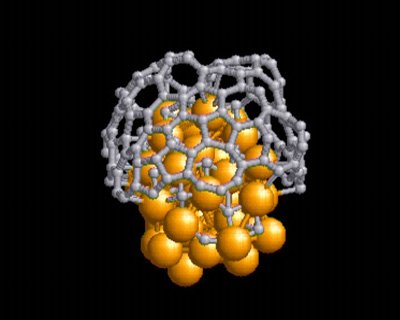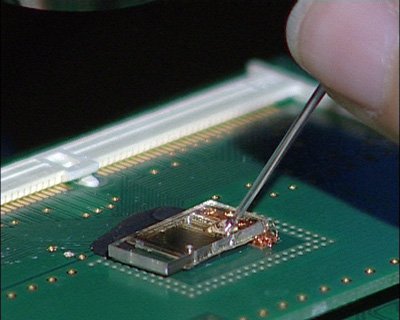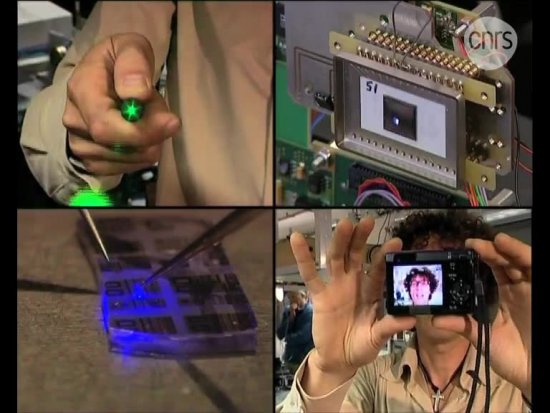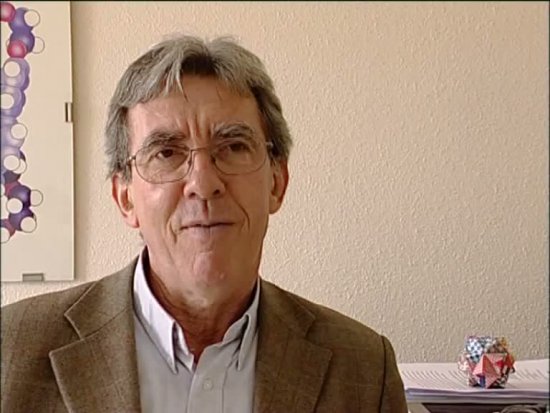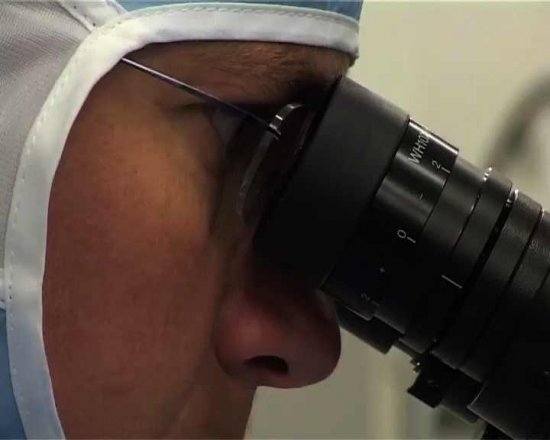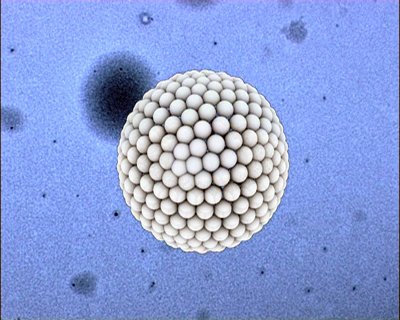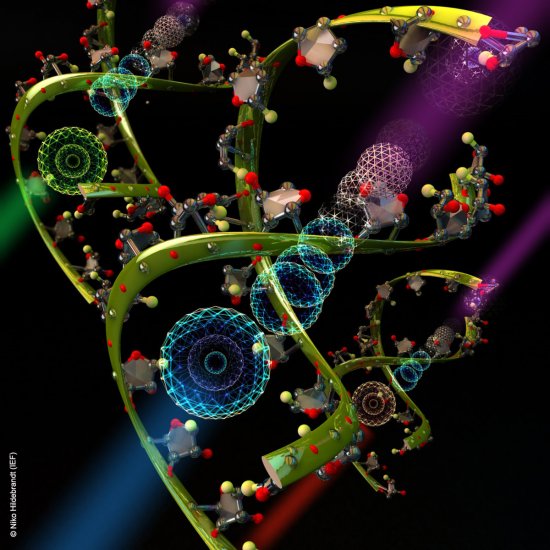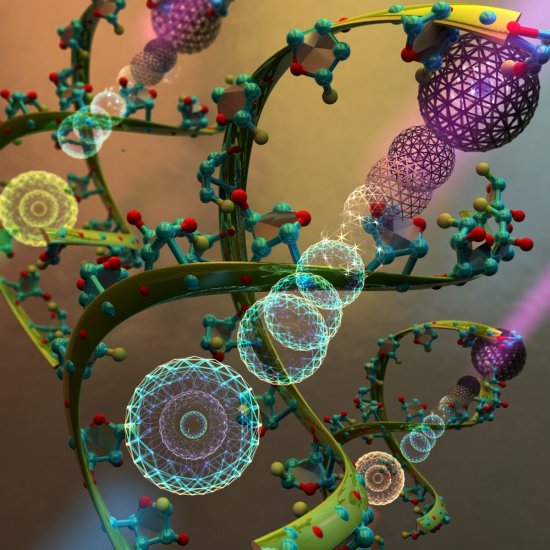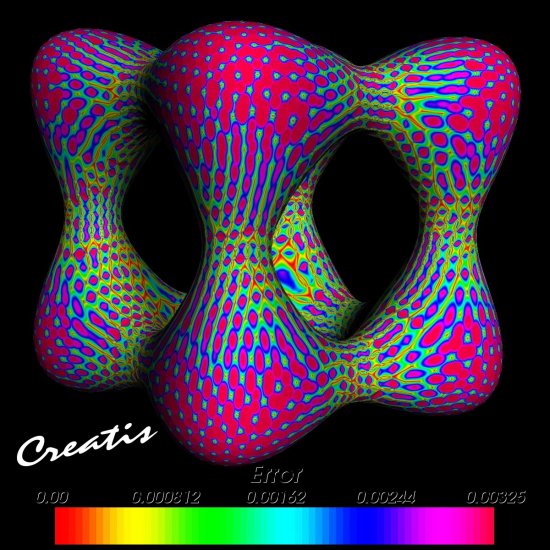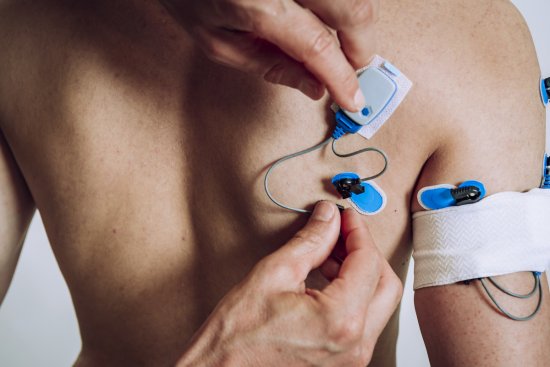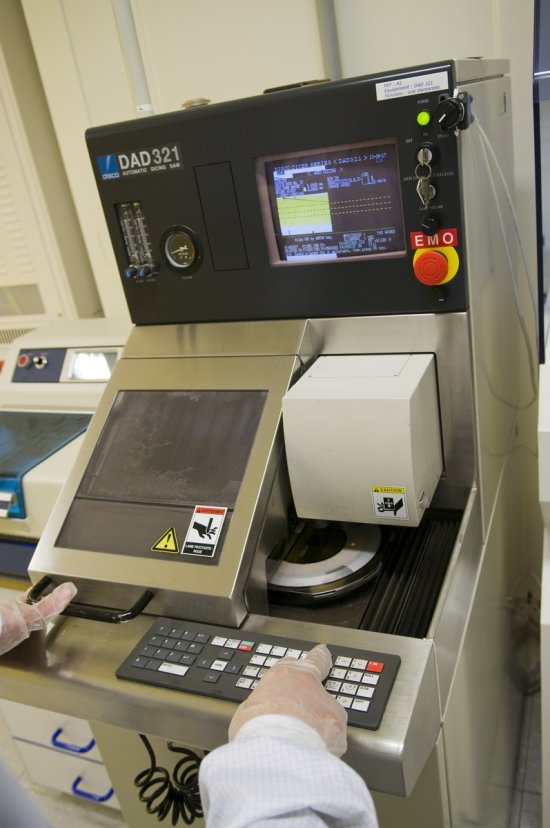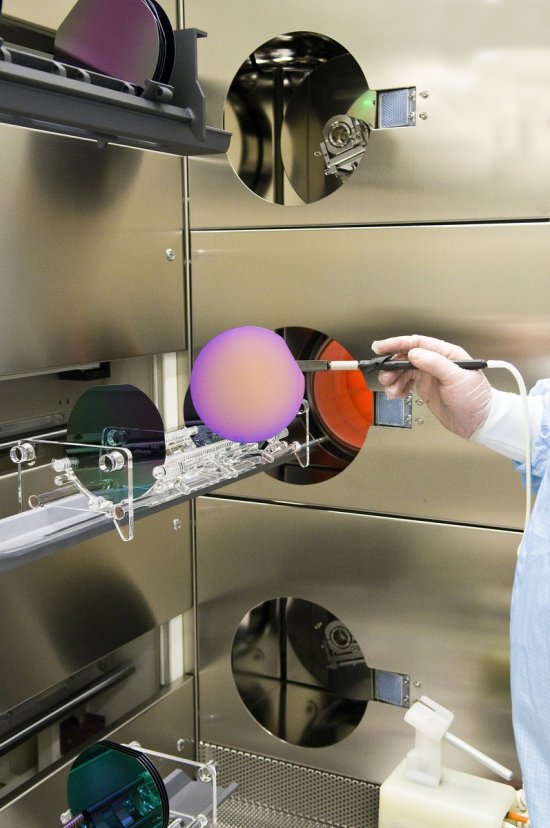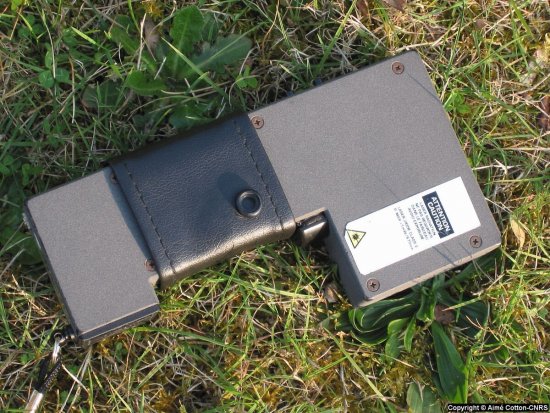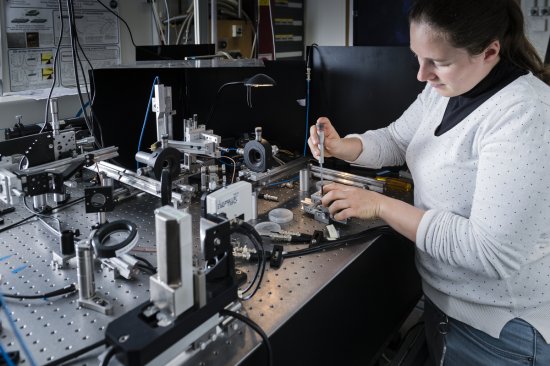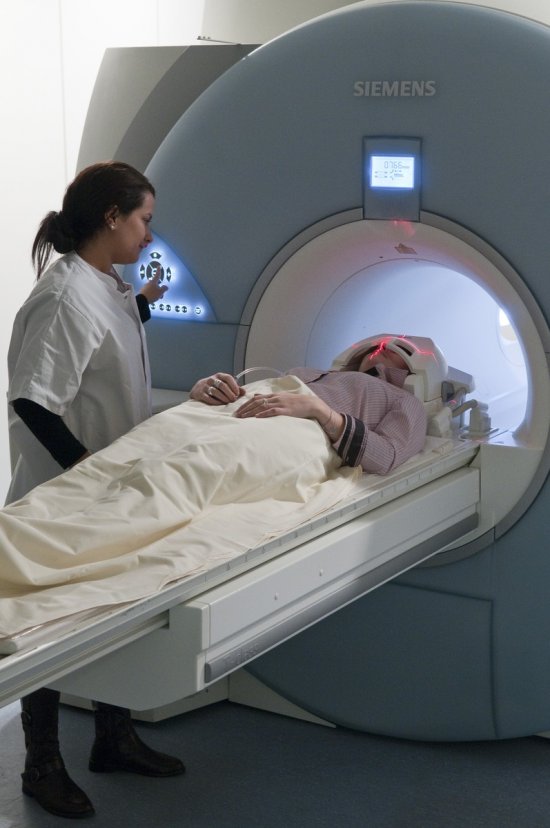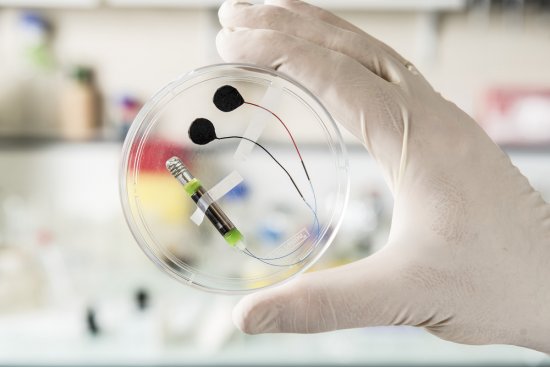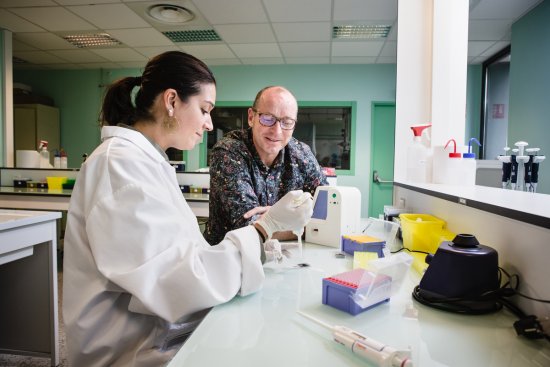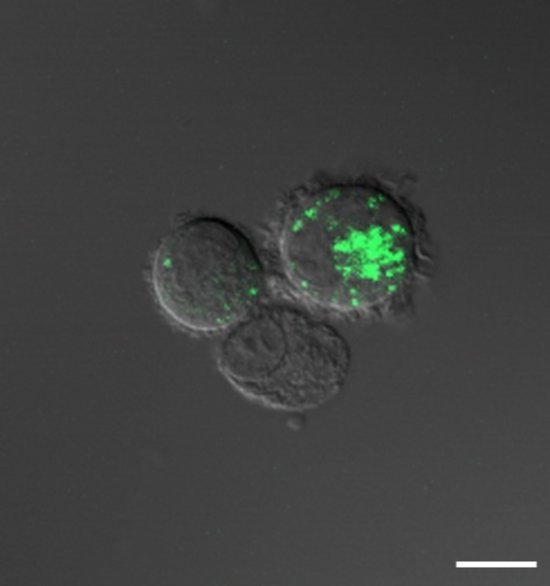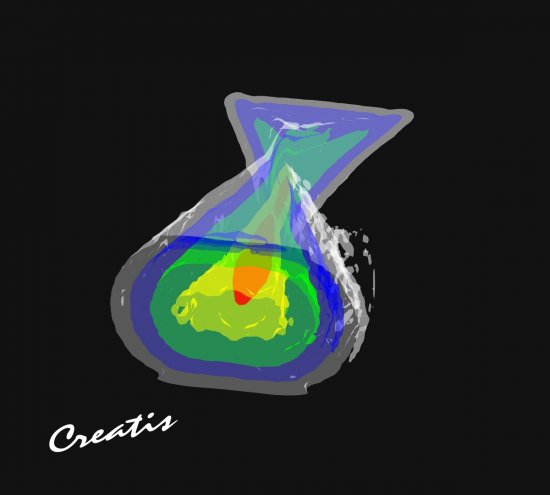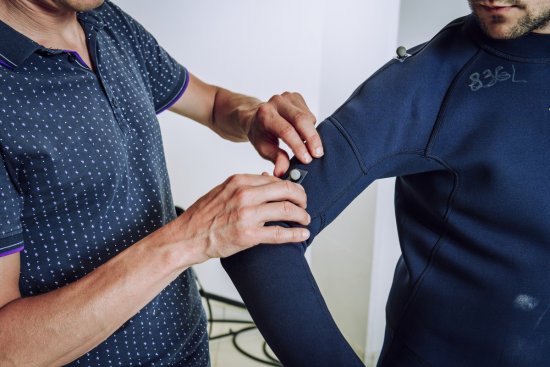Series
Nanosciences and Nanotechnologies
A new world is forming. Populated by objects with strange behaviours, this universe is that of nanometres, that is, the size of atoms and molecules.
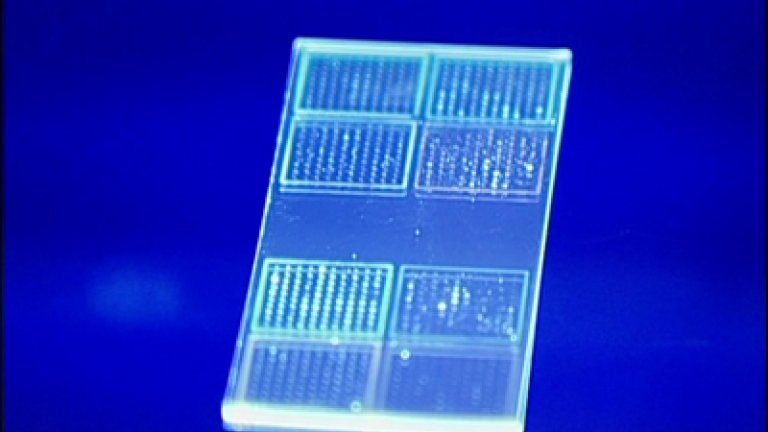
Nanosciences study the properties of these objects. Nanotechnologies integrate them into many devices for practical uses.
This DVD, designed for a curious audience, invites you to take an amazing journey to discover the nanoworld. It is part of a collection of thematic DVDs and offers a five-step tour of the exotic realm of the nanoworlds:
Part 1: The Nanoworld
History
Quantum Physics
Ethical issues, social issues
News and slideshows : The pioneers : 16 factsheets
Nano-objects: 24 factsheets
Timeline: 11 factsheets
Part 2: Tools
Electron microscopes
Local probe microscopes
Lithographs
Part 3: Molecules and Nanomachines
Supramolecular chemistry
Carbon nanotubes
Molecular electronics
Molecular machines
Part 4: New Electronic Devices
Ultimate Electronics
Spintronics
Photonics
MEMs
Quantronium
Part 5: Biology and Nanolaboratories
Nanocures
Biochips
Tissue engineering
A web page:
Bibliography and websites on Nanos
This DVD, designed for a curious audience, invites you to take an amazing journey to discover the nanoworld. It is part of a collection of thematic DVDs and offers a five-step tour of the exotic realm of the nanoworlds:
Part 1: The Nanoworld
History
Quantum Physics
Ethical issues, social issues
News and slideshows : The pioneers : 16 factsheets
Nano-objects: 24 factsheets
Timeline: 11 factsheets
Part 2: Tools
Electron microscopes
Local probe microscopes
Lithographs
Part 3: Molecules and Nanomachines
Supramolecular chemistry
Carbon nanotubes
Molecular electronics
Molecular machines
Part 4: New Electronic Devices
Ultimate Electronics
Spintronics
Photonics
MEMs
Quantronium
Part 5: Biology and Nanolaboratories
Nanocures
Biochips
Tissue engineering
A web page:
Bibliography and websites on Nanos
CNRS Images,
Our work is guided by the way scientists question the world around them and we translate their research into images to help people to understand the world better and to awaken their curiosity and wonderment.
